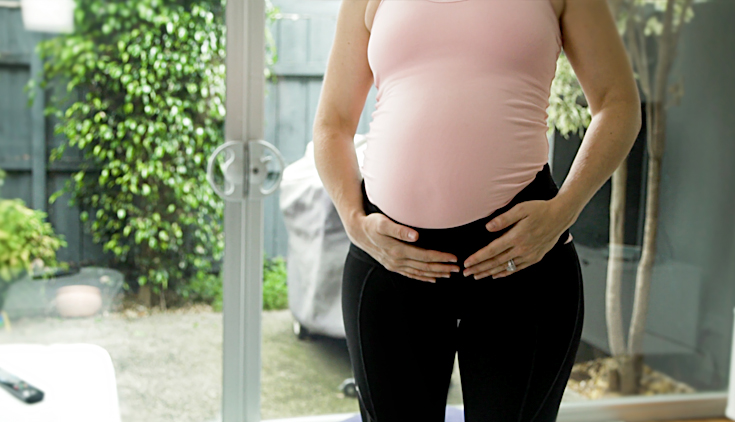

Symphysis Pubic Dysfunction (SPD) is a common and unpleasant side effect to pregnancy affecting up to 20% of women with varying levels of severity. It causes pain around the pelvic region and sometimes down the legs and up the back.
When does it happen?
It can happen at any stage during or following a pregnancy. If you have suffered from SPD in pregnancy it will likely return in subsequent pregnancies and the symptoms may also be more severe so it’s important to seek treatment and allow symptoms to settle between pregnancies.
Why does it happen?
Experts believe SPD is caused by the hormone relaxin which increases during pregnancy to allow your body to accommodate your growing baby and prepare you for childbirth. It can also be caused by a mechanical joint problem in your pelvis if it is misaligned.
How do you treat SPD?
If you are experiencing pelvic pain during pregnancy, don’t ignore it as it can respond well to treatment.
- First get your pelvic alignment checked by a physiotherapist, osteopath or chiropractor who specialises in pregnancy and can recommend exercises to improve the stability of your pelvis and back and make manual adjustments if necessary.
- A physiotherapist may also advise you to wear a pelvic support belt or shorts. Many SPD sufferers swear by hydrotherapy to help with their symptoms.
- Talk to your doctor about safe pain medication, especially if SPD is affecting your ability to carry out everyday duties and sleep. Acupuncturists can also provide natural and effective pain relief.
Lifestyle changes to help manage SPD
There are several things that you can do to reduce the pain and discomfort caused by SPD:
- Avoid any movements that involve straddling or wide open knees.
- Avoid stairs where you can or take them one at a time, best leg first. Take lifts when you are out and about.
- Try to avoid bending and lifting or encourage others to do tasks requiring this movement for you.
- Do your food shopping online (the delivery people will usually bring the bags all the way to the kitchen counter for you).
- Keep your knees together and swing your legs around to get in and out of the car.
- Sit down to get yourself dressed to avoid standing on one leg.
- Showering may be easier than climbing into the bath. You can also get a seat for the shower.
- Take care getting into bed (keep your knees together as with getting into and out of a car above).
- Put a pillow or folded towel between your legs when you sleep.
When will it stop?
For many women SPD disappears as soon as they have given birth or shortly afterwards once the levels of relaxin have dropped back to normal levels.
However, some women continue to experience pelvic pain after labour and it’s important that these mothers see a qualified physiotherapist for treatment to prevent long term damage. Trust in your knowledge of your body and be persistent if you feel that something is wrong and it is being dismissed by medical professionals.
How will SPD affect my labour?
Many SPD sufferers are concerned about how the condition will affect their capability to labour given that their movements are restricted. The most important thing is to find a comfortable position to labour in. Women with SPD often find that being on all fours, lying on your side or being in water are the most helpful positions. Try to avoid being on your back or in stirrups.
Make sure that the medical staff assisting with your labour know that you have SPD. Ideally measure your pain-free gap before you go into labour and write it into your birth plan. You can measure the pain-free gap by lying on your back with your knees bent and measuring how far apart you can move your knees without pain. This gap should not be exceeded in childbirth and knowing what its measurement can be particularly useful if you have an epidural or other pain relief which prevents you from feeling pain in your lower half during childbirth.























